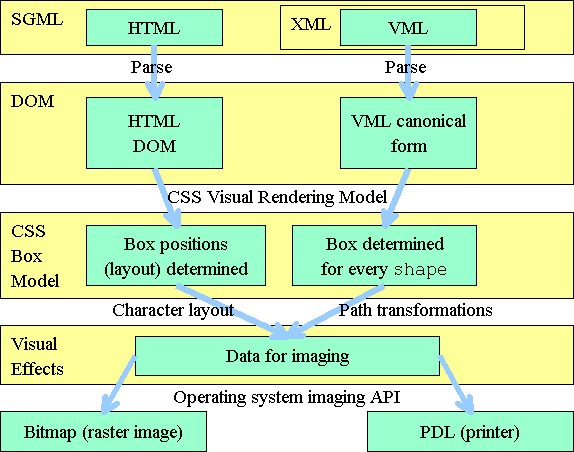WIZML: A Tag-Based Programming Language for Document Logic
Overview of WIZML
WIZML, short for “Wizard Markup Language,” is a specialized sublanguage of VTML (Visual Tag Markup Language). It is designed primarily for defining the logic involved in generating documents based on user input. Through its tag-based system, WIZML allows users to dictate how code should be written out into one or more documents, which is especially useful in environments like tag editors or wizards that involve interactive elements.
History and Development
WIZML appeared in 1997 and was developed as a solution to streamline document creation and management. The core idea behind WIZML is to separate the logic for document generation from the actual content, allowing for a more flexible and dynamic document creation process. Although the exact creators of WIZML remain undocumented, its emergence coincides with a growing need for markup languages that could handle more complex, user-driven tasks.
Key Features
- Tag-Based System: Like many other markup languages, WIZML relies on tags to define the structure and behavior of the documents. These tags are used to describe various elements in the document and how they should behave under different conditions.
- Dynamic Document Generation: One of the most important aspects of WIZML is its ability to generate documents dynamically based on user input. This is particularly useful in applications where the content of a document needs to be customized for different users or different use cases.
- Integration with Tag Editors: WIZML is designed to work well within tag editors and wizards, making it easy for non-programmers to define document structures and logic without needing to write traditional code.
Usage and Applications
WIZML is often used in environments where there is a need for customizable document creation. This includes scenarios where users interact with a graphical interface (such as a wizard or tag editor) to define the content and structure of the final output. Applications that could benefit from WIZML include:
- Automated document generation tools: For creating customized reports, contracts, or forms based on user input.
- Content management systems: Where documents need to be generated or altered based on various conditions and inputs.
- Interactive user interfaces: In situations where the document creation process needs to be part of an interactive user experience, such as in a software wizard.
Limitations
While WIZML is a powerful tool for certain use cases, it is not as widely adopted as other markup languages like HTML, XML, or even VTML. Its specialized nature means it may not be as suitable for general-purpose web development or application programming. Additionally, because the language was developed in the late 1990s, it might not have the same level of modern support or development as more current programming languages or markup systems.
Conclusion
WIZML offers a unique approach to document creation, focusing on a tag-based system that allows for dynamic content generation based on user inputs. Its origins in 1997 marked a time of innovation in the field of markup languages, although it has not achieved the widespread use of other languages. Nonetheless, for specialized applications in document management and interactive content generation, WIZML provides a valuable set of tools.
